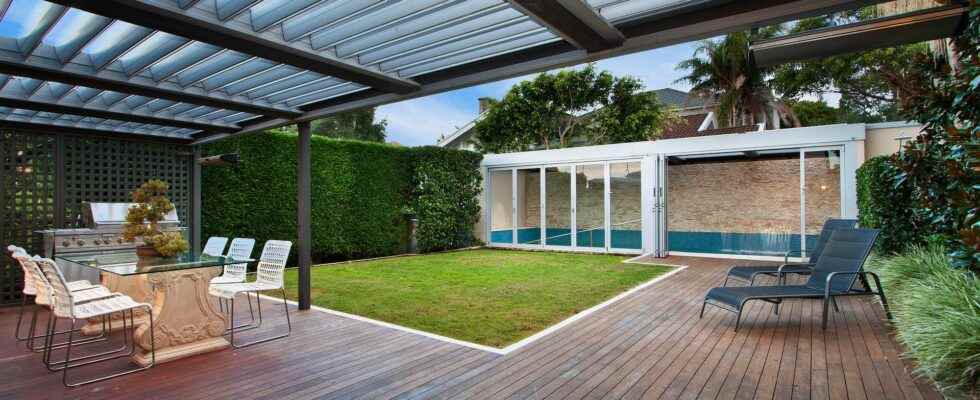Structure open to the outside and permanent, a pergola protects against the sun’s rays and bad weather. Halfway between a veranda and an awning, it offers a welcome shelter in the garden or above the terrace. However, faced with the different materials and covers, how can you orient your choice?
You will also be interested
[EN VIDÉO] Garden: 5 flowers that tolerate drought well All plants need water to live. But some tolerate long periods of drought well. With these 5 flowers, the chore of watering is over!
A word of Italian origin, a pergola is a small garden construction which, historically, allowed climbing plants along its structure to create shade. Today, it can be made of wood, aluminium, wrought iron or PVC for its structure, polycarbonate, canvas, with adjustable or retractable slats, or even Plexiglas, wooden slats or tiles for its blanket.
Why install a pergola?
Unlike an awning or an arbor, a pergola is a structure with very high durability. Aesthetic and practical, it is the “last room” of the house while being installed outside. The pergola defines a space dedicated to rest, a real link between the House and the garden, especially if it is leaned against a wall. The location of this structure is to be considered, its usefulness also. Is it better to install it against a wall of the house or in a strategic place in the garden? Will it be used to protect from the sun or will it become a real living space?
You should also know that installing a pergola increases the added value of the house.
Which material to prefer for your pergola?
Each material has its advantages and disadvantages. Nevertheless, before orienting your choice, it is advisable to have all the information in mind.
If a wrought iron pergola remains very aesthetic in a garden, brings the charm of the old to a house and is resistant, its maintenance is binding. Iron rusts, crumbles and needs to be maintained and treated. Wood seduces with its accessibility, warmth and naturalness. However, like wrought iron, it must be maintained to last. A PVC pergola requires little maintenance and is inexpensive, however its lifespan is also much lower than other materials. For its part, aluminum adapts to all environments, is extremely resistant to bad weather, does not rust and is very easy to maintain for an unlimited lifespan. These advantages make this material the most expensive for the construction of a pergola.
What model of pergola to choose for your home?
These installations are customizable and can be made to measure, as proposed by the specialist Akena Pergolas. A pergola must remain in line with the house and adapt to its style. Thus, the shape, size and options are flexible according to the wishes of the applicants. The cover of a pergola can be bioclimatic. It is made up of manual or motorized adjustable slats which allow protection from the sun or, on the contrary, to take advantage of its rays, to protect from the wind and bad weather, to create shade.
Depending on the desires and needs of each, the construction can be equipped with LED lighting, a skylight, bay windows and even heating. A pergola can also be scalable and turn into a veranda or winter garden.
Article produced in partnership with Akena Pergolas
Interested in what you just read?
